SUMMARY
This is AI generated summarization, which may have errors. For context, always refer to the full article.
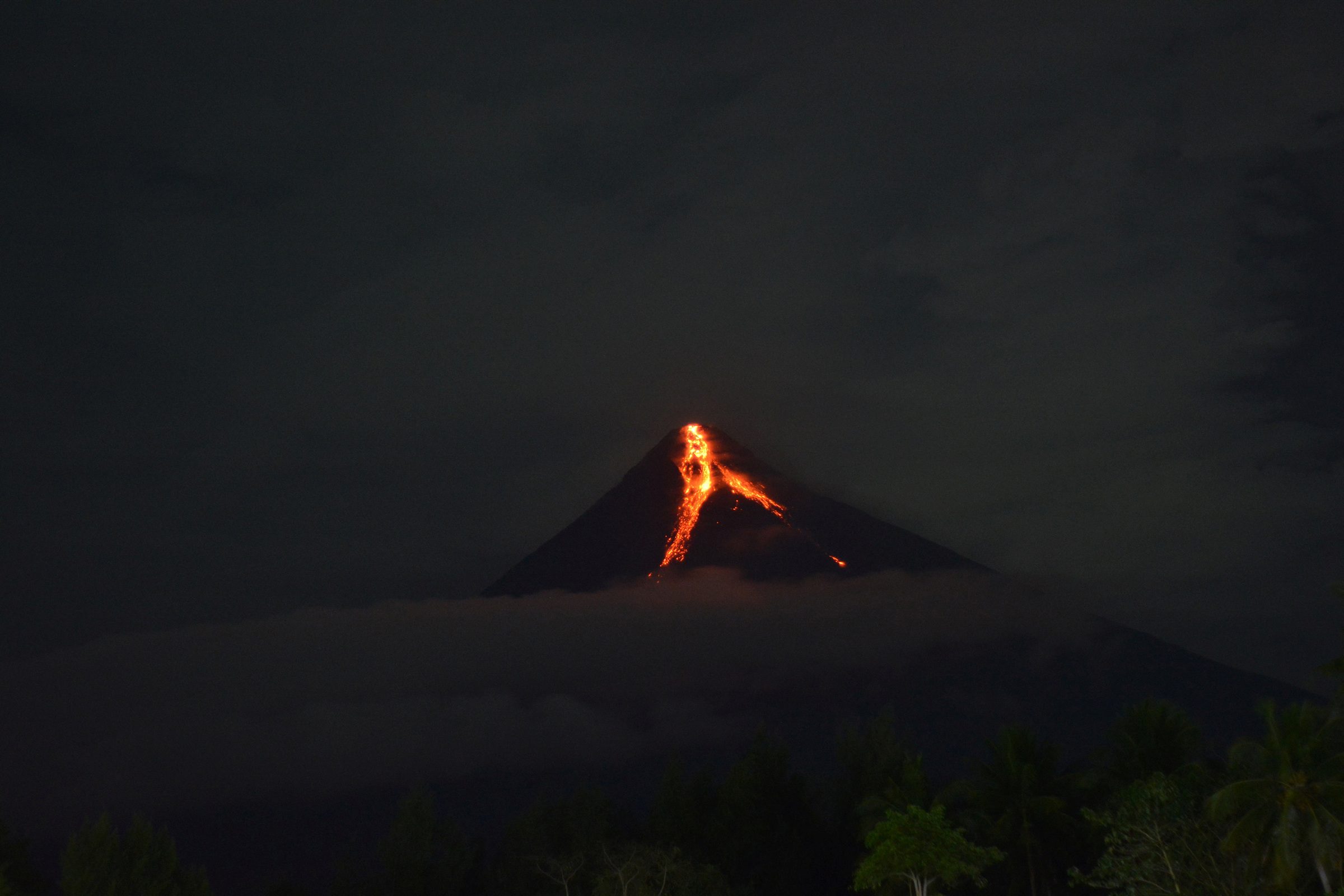
MANILA, Philippines – State volcanologists likened Mayon Volcano’s current state of unrest to its 2014 eruption, and said this level of activity “may persist for a few months,” with Alert Level 3 maintained.
Mayon has been under Alert Level 3 since June 8, when the Philippine Institute of Volcanology and Seismology (Phivolcs) began observing “small-volume” pyroclastic density currents (PDCs) from the volcano’s summit lava dome, “signaling the start of an effusive magmatic eruption.”
A lava dome is an accumulation of “highly viscous lava above or near the vent/s where they were erupted,” while PDCs are made up of fragmented volcanic particles, gases, and ash that travel down volcanic slopes at high speeds.
An effusive eruption, meanwhile, is an eruption “dominated by the outpouring of lava onto the ground…as opposed to the violent fragmentation of magma by explosive eruptions,” according to Phivolcs.
In a report covering Mayon activity from June 10 to 17, Phivolcs said “low-rate effusive eruption of degassed lava has been transpiring for the past week.” In particular, at 7:47 pm on June 11, lava flows began and “formed two very slowly advancing lobes on the Mi-isi and Bonga gullies.”
The “sluggish lava flows and intermittent collapse of the summit lava dome” led to “frequent rockfall and occasional small-volume PDCs” within the 6-kilometer-radius permanent danger zone (PDZ) around the volcano.
Rockfall events peaked at around 300 per day between Wednesday, June 14, and Friday, June 16, while the number of PDCs hit 13 on Thursday, June 15. The largest PDC happened at 11:18 pm on Thursday and lasted 6 minutes.
“SO2 (sulfur dioxide) emission also slightly increased beyond background levels of 500 tons per day, but still remained well below past eruption records of several thousand tons per day. Volcanic earthquakes also slightly increased in incidence but remained very weak,” added Phivolcs.
2014 eruption
In 2014, Mayon’s eruption lasted from August 14 to November 1 or around two and a half months, Phivolcs said.
There was also growth of a lava dome, with a “short-lived dome collapse and lava flow activity,” but “no explosive activity occurred.”
The 2014 eruption generated rockfall, ashfall, lava flow on the upper Bonga Gully, low volcanic gas concentrations, and lahar, according to Phivolcs.
Alert Level 3 was reached then, similar to the present eruption. Tens of thousands of individuals were evacuated from their homes, based on National Disaster Risk Reduction and Management Council data.
2023 eruption scenarios
While the unrest so far is “largely similar” to Mayon’s 2014 eruption, Phivolcs warned that the volcano’s condition “may change anytime” and could progress into three eruption scenarios, which were first relayed to the public on June 10:
Scenario A: Alert Level 4 will be raised
If extrusion rates increase, higher SO2 emission levels persist, seismic activity such as low-level tremors occur, and there is a cycle of inflation (swelling) and deflation (unswelling) of the edifice, there would be a slow but sustained lava extrusion, similar to the volcano’s 2006 eruption. Extrusion means molten rock is being pushed out onto the surface. The activity may last for a few months.
Scenario B: Alert Level 4 will be raised
If data show significant hikes in SO2 emission, increased seismicity (low-frequency volcanic earthquakes and tremors), and inflation of the entire edifice, there would be lava fountains and lava flows with occasional explosions and PDCs within the PDZ, similar to Mayon’s 2018 eruption. The activity may last for a few months.
Scenario C: Alert Level 5 will be raised
If there is a rapid escalation – or sudden drop – in SO2, as well as a surge in volcanic earthquakes and ground deformation, this may lead to an explosive eruption with high-intensity lava fountains, long lava flows, and PDCs that could go beyond the PDZ, similar to the volcano’s 2000 eruption. The activity may last for a few days to weeks.
Phivolcs emphasized on Sunday, June 18, that everyone must stay out of the PDZ. This is because “the summit lava dome has grown above and filled up the summit crater, increasing the chances of lava collapse or potential volcanic flows onto other sectors of the volcano.” – Rappler.com
Add a comment
How does this make you feel?



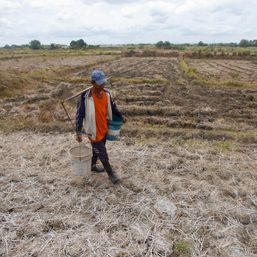
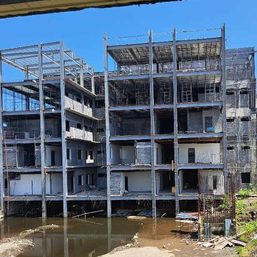
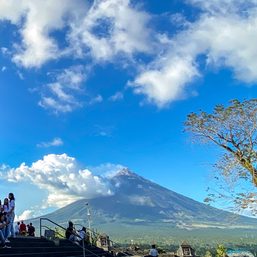
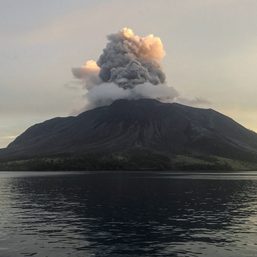
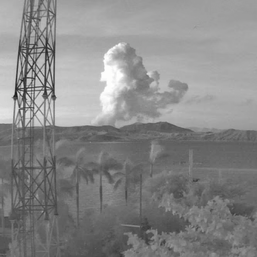
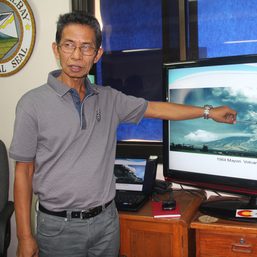
There are no comments yet. Add your comment to start the conversation.